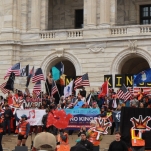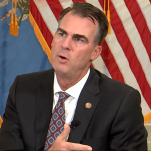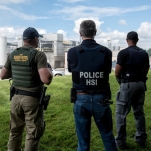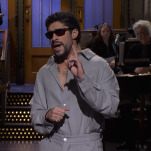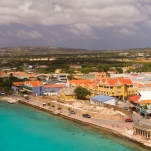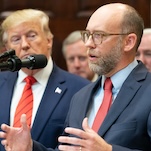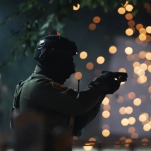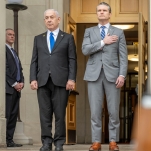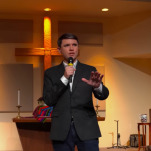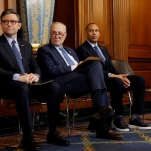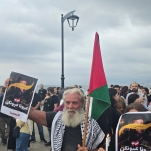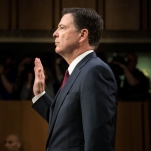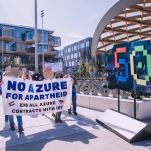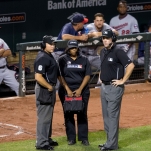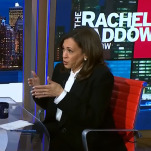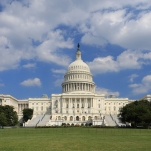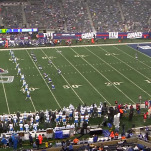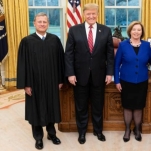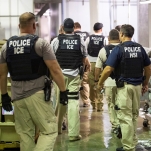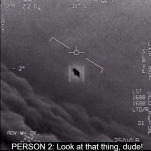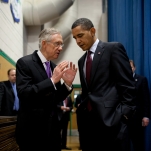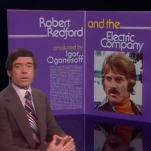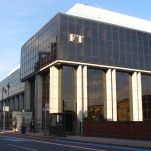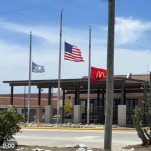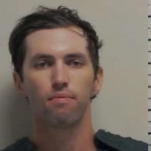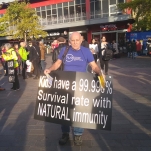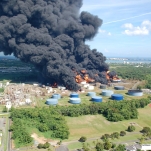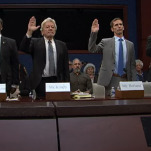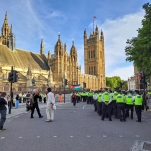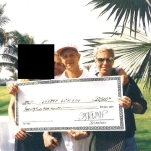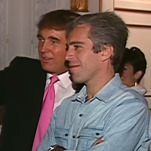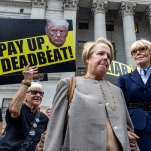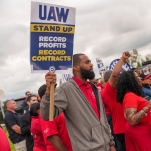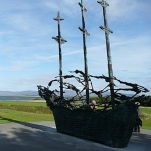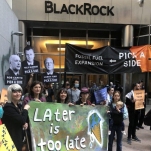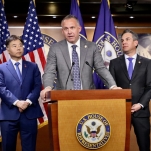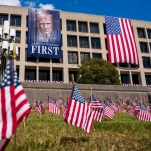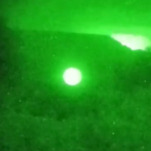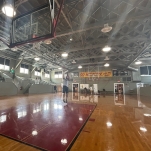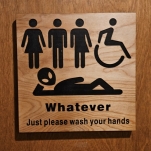What happened last time there was a spike in church fires
Almost exactly 20 years ago, two predominantly black South Carolina churches were burned to the ground, one night after another. One of them was Mount Zion African Methodist Episcopal Church, the same church that was engulfed in flames by unknown causes on Tuesday night.
Initial reports leaked Wednesday by an unnamed federal law enforcement source told the Associated Press that Mount Zion AME was not intentionally set and was not arson.
But the fire brings back memories for many because the church has a history of being targeted by white supremacists.
“They didn’t burn down the church. They burned down the building in which we hold church. The church is still inside all of us,” Mount Zion’s Reverend Terrance G. Mackey told his daughter after a fire in 1995.
The arsons, which were committed by four ex-members of the Ku Klux Klan, were part of a nationwide spike in arsons at places of worship, which led to President Bill Clinton establishing the National Church Arson Task Force and passing the Church Arson Prevention Act of 1996.
“They didn’t burn down the church. They burned down the building in which we hold church. The church is still inside all of us.” — Mount Zion’s Reverend Terrance G. Mackey in 1995.
The task force developed a track record of identifying arson cases that appeared to be racially motivated for several years. The Church Arson Act was introduced after at least 30 historically Southern African-American churches were destroyed or damaged by suspicious fires in a span of 18 months. The act increased sentences for “intentionally defac[ing] or destroy[ing] any religious real property because of race, color, or ethnic characteristics of any individual associated with that religious property” from 10 to 20 years.
“It’s hard to think of a more depraved act of violence than the destruction of a place of worship,” Clinton said in a speech he delivered at a ceremony marking the re-opening of Mount Zion A.M.E. Church on June 12th 1996.
“I have vivid and painful memories of black churches being burned in my own State when I was a child. In 1963 all Americans were outraged by the bombing of the Sixteenth Street Baptist Church in Birmingham that took the lives of four precious young children. We must never allow that to happen again,” Clinton said.
Between 1996 and 2000, Clinton’s National Church Arson Task Force reported that it had opened investigations into 945 arsons, bombings or attempted bombings at places of worship, one third of which happened at African-American places of worship.
-

-

-

-

-

-

-

-

-

-

-

-

-

-

-

-

-

-

-

-

-

-

-

-

-

-

-

-

-

-

-

-

-

-

-

-

-

-

-

-

-

-

-

-

-

-

-

-

-

-

-

-

-

-

-

-

-

-

-

-

-

-

-

-

-

-

-

-

-

-

-

-

-

-

-

-

-

-

-

-

-

-

-

-

-

-

-

-

-

-

-

-

-

-

-

-

-

-

-

-

-

-

-

-

-

-

-

-


